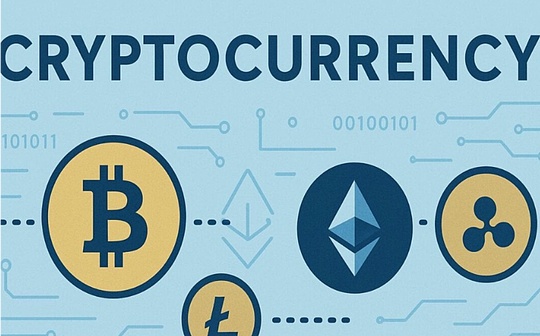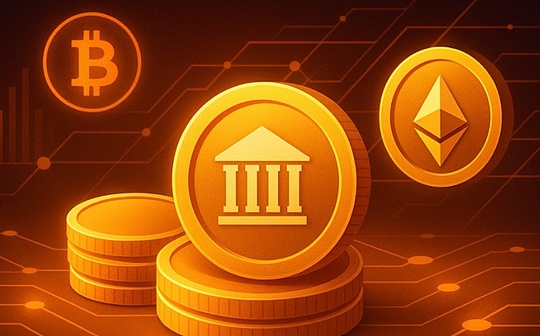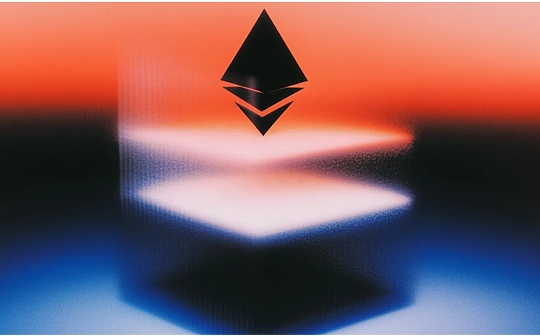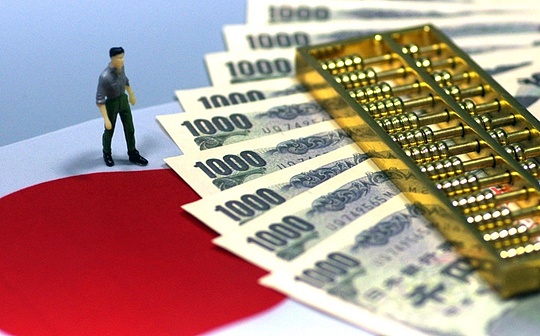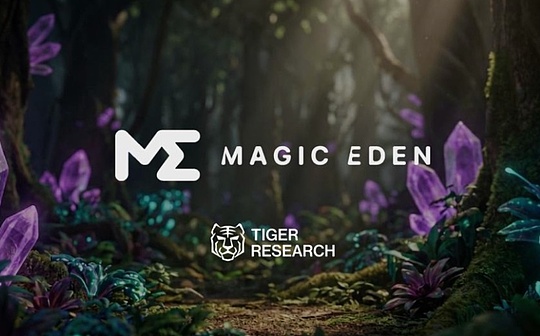
Interview guests:American macro investor,50TFounderDan Tapiero
Podcast source: When Shift Happens
Broadcast Date: Jul 10, 2025
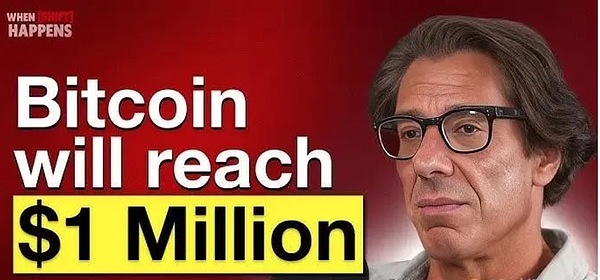
Preface:
In the ever-changing financial world, there are always some sounds that can penetrate the fog and guide the direction.Dan Tapiero, founder of 10T Holdings (now renamed 50T) and One Roundt Partners, a global macro investment veteran who once managed more than $1.5 billion in Web3 and digital assets, has now bet all its money on the trillion future of cryptocurrencies.This podcast episode explores his survival rules, risk management philosophy, and unique insights into the development of the industry in this “new world”.
Q: You have worked on Wall Street for 25 years, withSteve Cohen, Stan Druckenmiller and Julian Robertson worked together.What did you learn from them?
Dan:I worked with Steve Cohen for ten years, five of which were sitting next to him.He is considered a very aggressive trader by the outside world, but in fact he is very funny and it is common to tell jokes in the trading hall.He taught me: Keep a relaxed mindset in a fierce and tense environment.His short-term trading ability is legendary, and he has made all profits by shorting the euro 19 times in a row.Although I prefer medium- and long-term macro trading, it is very valuable to learn this keen perception of market details.
Stan gave me great confidence.He encouraged me to transform my macro ideas into industry, so I joined forces with him to build the largest private farmland REIT in the United States.We found that the price of farmland did not really reflect its productivity, so we invested heavily in the Midwest farmland and eventually sold it for US$450 million, with a generous return.He made me understand: a great investment philosophy may not be able to be traded in the capital market, it can also become a practical business.
Julian shapes my initial macro analysis framework.He made me realize that writing skills are extremely important in investing.You must clearly express your views, assumptions, risks and opportunities, otherwise this idea will be meaningless.
Q: You are now one of the most staunch advocates in the crypto field. Why did you turn from traditional finance to this new field?
Dan:My first contact with Bitcoin was in 2012, but I really decided“all in” was in 2018.The market had just experienced the bursting of the bubble in 2017, and Bitcoin fell to $3,000-4,000.I thought at the time: either return to zero or this is the bottom, and there will be huge room for growth in the future.This is the scenario that traders are most familiar with: when the returns are much higher than the risks, it is worth the bet.
I firmly believe that the future of cryptocurrencies is a huge market of ten trillion dollars, and this belief also supports me to become an “all-in” in the industry.I saw its huge potential, which drove me to make such a decision.
I realized that Bitcoin is not only an asset, but also a network, value system, and technological revolution.It is the greatest decentralized network ever, and I even think it should be worth more than Amazon.This led me to propose a “10T” vision: the total value of the entire crypto ecosystem will grow from $300 billion to $10 trillion in a decade.
Q: You said that Bitcoin will rise to $1 million within ten years, why are you so confident?
Dan:It’s very simple, if you look at the best performing assets in past history, Bitcoin is undoubtedly the best among them.I think over the next decade we will see the value of the entire crypto ecosystem growing from about $5 trillion to $50 trillion now.Bitcoin itself will account for 20 trillion of them, which, if converted based on supply, will be $1 million per coin.I think this is a very conservative estimate.
Q: As a professional investor, what are your risk management principles?
Dan:The key to risk management is that you can never put yourself in a position where you cannot turn over.In 1994, I made a very big bet on Japanese government bonds and received thousands of returns.However, within just one week, I lost half of the profit I made in the previous year.This lesson made me realize:“Never put yourself in a situation where you lose to the point where you can’t make a profit.”Therefore, I would rather give up some potential upward space than firmly control downward risks.This deep understanding and strict control of risks have become the key to my journey through the cycle and maintaining long-term profits.
All my funds follow this concept: no more than 15% of a single investment, and the portfolio structure must be able to withstand 80% or even 90% of the market decline.Bitcoin never needs to be sold, but other assets should be sold the moment you feel “becoming rich”.That is the pinnacle of emotions and must be withdrawn disciplinedly.
Q: How do you view young people’s investment behavior in the crypto field?
Dan:I admit that this (crypto) realm is 50 times more difficult than everything in the old world combined.Many people can get rich in a short period of time, but in the end most people will give up.The only way to survive in this market is to adopt a counter-intuitive strategy with only one way to go: “Buy it and forget it.” This means you have to overcome the urge to trade frequently, focus on long-term value, and resist the interference of short-term market noise, otherwise it will be difficult to survive continuously.
To be honest, most young people can’t stand a full cycle.They may make quick money at first, but they are quickly smoothed out or even cleared in the fluctuations.If you are not a professional trader, there is only one best strategy: buy, put it in your hardware wallet, forget it.
I’ve seen too many young men in their 20s who don’t go to work for a week because their girlfriends break up.This kind of stress resistance cannot survive in high-risk industries.Crypto is more complex, more volatile and cruel than traditional finance.
Q: What is the structure of the assets you are currently managing?What is the proportion of individual investment?
Dan:I managed a total of US$1.5 billion through 10T and 1RT and invested in 23 crypto companies.In my personal asset allocation, crypto-related (including fund shares, Bitcoin, and Ethereum) exceeds 50%.I won’t do short-term operations, nor will I sell because of a 5-fold or 10-fold increase.I think it’s a big cycle of ten years.
At the same time, I will also allocate some gold, but it is obvious that crypto assets have become the core driving force for my personal wealth growth.
Q: What do you think of NFT and traditional art?
Dan:I have collected some classical oil paintings, but now almost no one buys paintings from the old master.Young people are not interested, and prices do not fluctuate.NFT is more like part of the creator economy, assigning value to creativity on the chain.I believe that all value will be put on the chain in the future, but now there are too many junk projects and scammers in the NFT market, and it takes time to screen.
Q: How do you convince traditional institutions such as school funds or pensions to invest in cryptocurrencies?
Dan:In 2019, I convinced my alma mater’s high school to invest 1% of the school fund into encryption.At first, everyone said I was crazy, but we bought Bitcoin, Ethereum and a little venture capital fund, and now it has risen by more than 12 times.Now, Texas teacher pensions and Michigan pensions have become our investors.Because we control volatility and disperse configuration, these traditional institutions can “sleep well” and participate in growth.
Q: What do you think of the biggest macro trend in the future?
Dan:I think we are in a period of reallocation of “digital economy sovereignty”.The Federal Reserve and traditional financial systems are gradually losing trust, and people are beginning to organize resources, create order, and define value through Bitcoin, stablecoins, DAO and other methods.This paradigm shift has just begun.
Just like when the Internet was first exposed, no one understood HTML, domain names, or servers, today many people do not understand the concepts of “wallet”, “private key”, and “signature”.But when these tools become invisible, encryption is truly integrated into daily life.
Q: Summarize your judgment of this era in one sentence?
Dan:2000 is the golden period of Internet investment; starting from 2020, it is the capital prosperity of the crypto world.I have taken all my money.

